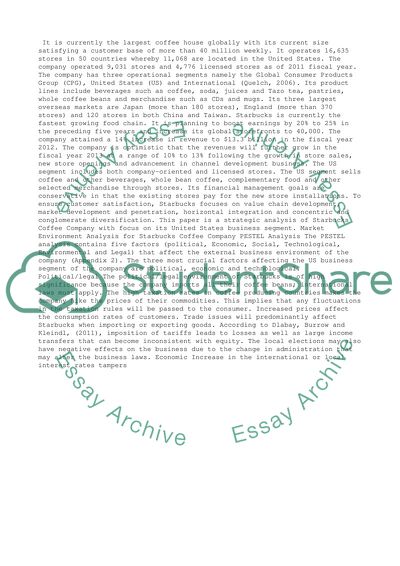Cite this document
(“Strategic management Essay Example | Topics and Well Written Essays - 3000 words - 2”, n.d.)
Strategic management Essay Example | Topics and Well Written Essays - 3000 words - 2. Retrieved from https://studentshare.org/management/1403342-strategic-management
Strategic management Essay Example | Topics and Well Written Essays - 3000 words - 2. Retrieved from https://studentshare.org/management/1403342-strategic-management
(Strategic Management Essay Example | Topics and Well Written Essays - 3000 Words - 2)
Strategic Management Essay Example | Topics and Well Written Essays - 3000 Words - 2. https://studentshare.org/management/1403342-strategic-management.
Strategic Management Essay Example | Topics and Well Written Essays - 3000 Words - 2. https://studentshare.org/management/1403342-strategic-management.
“Strategic Management Essay Example | Topics and Well Written Essays - 3000 Words - 2”, n.d. https://studentshare.org/management/1403342-strategic-management.


